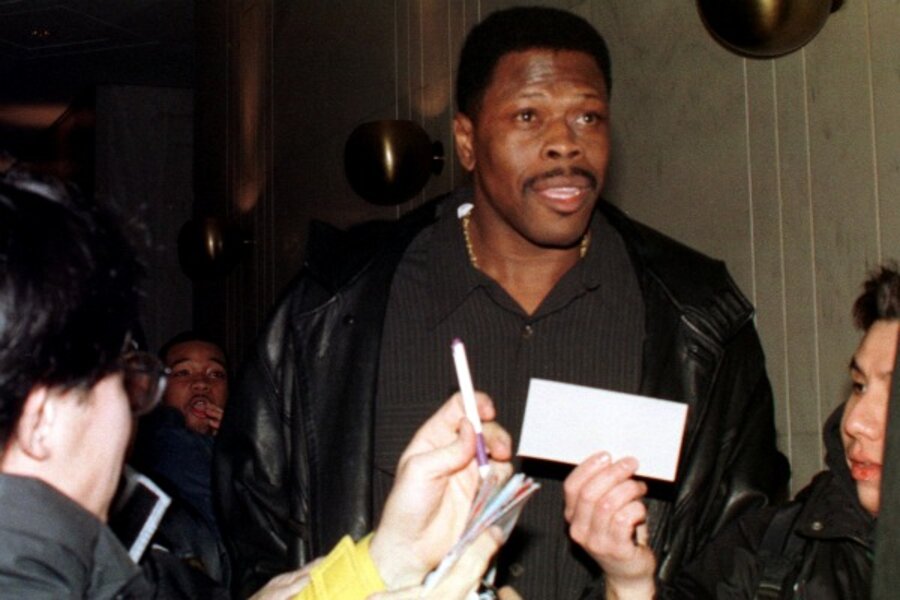Player salaries had been increasing for years, and this had team owners worried. In 1977, Kareem Abdul-Jabbar commanded the highest salary with $675,000 annually. A decade later, Patrick Ewing towered over his colleagues with a $2.7 million contract. By 1997, Michael Jordan was taking home $30 million per year.
The NBA sought salary caps to curb this, and shut down play when the athletes refused.
Bolden says this was the first time a lockout was used as a significant strategy for pressuring players to meet management's demands. As he points out, "the average NBA player both makes and spends a lot of money. By denying them work, owners forced them to cave into their demands."
“You can use that against them for leverage,” he says.
Players eventually agreed to “max” salaries, which were dictated as a percentage of each team’s annual revenue.





